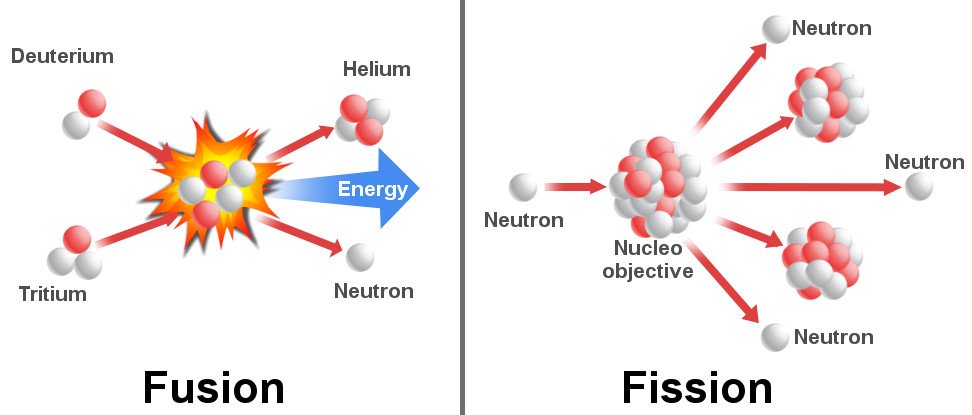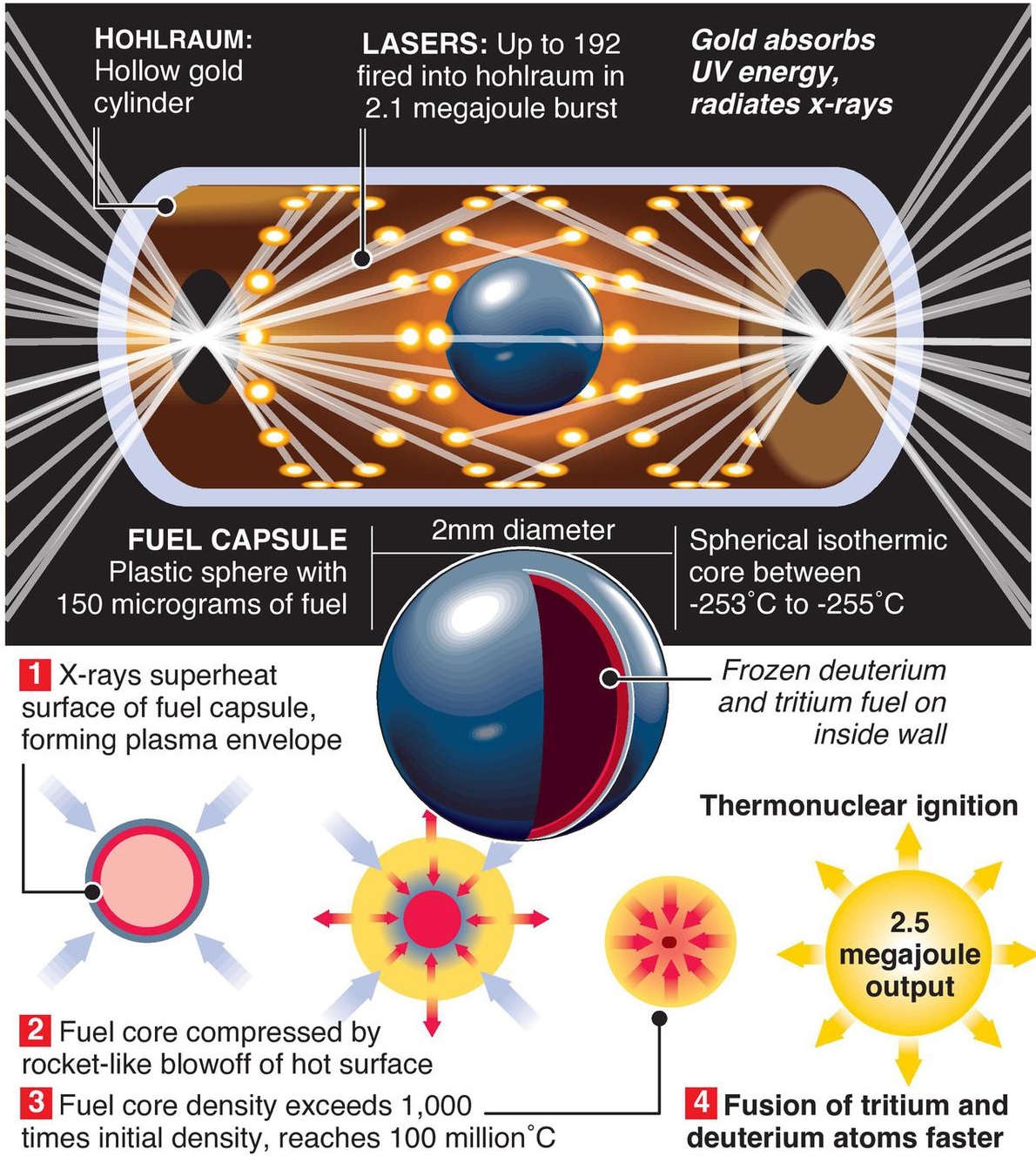7667766266
enquiry@shankarias.in
Researchers at the Lawrence Livermore National Laboratory in California for the first time produced more energy in a fusion reaction than was used to ignite it, something called net energy gain.
Differences between nuclear fission and fusion


Quick facts
International Thermonuclear Experimental Reactor (ITER)
References